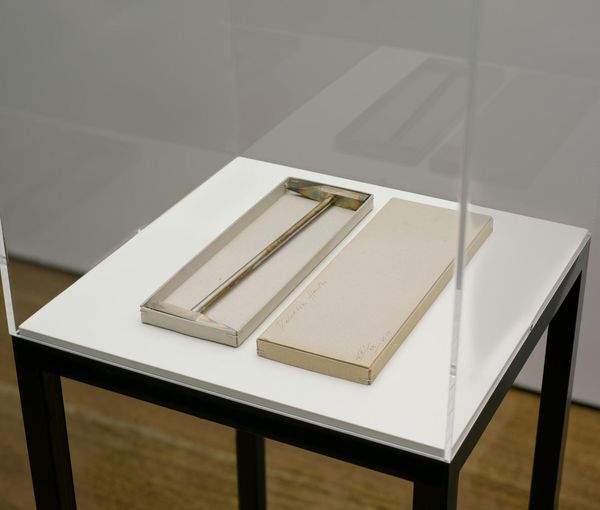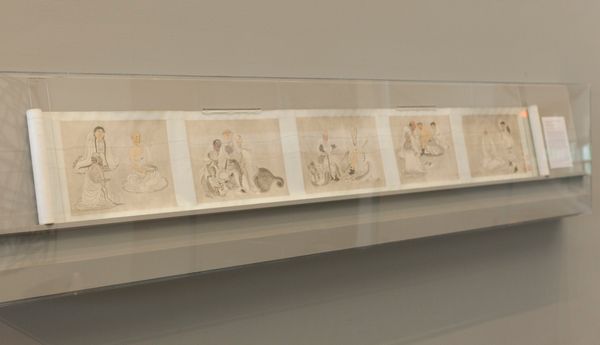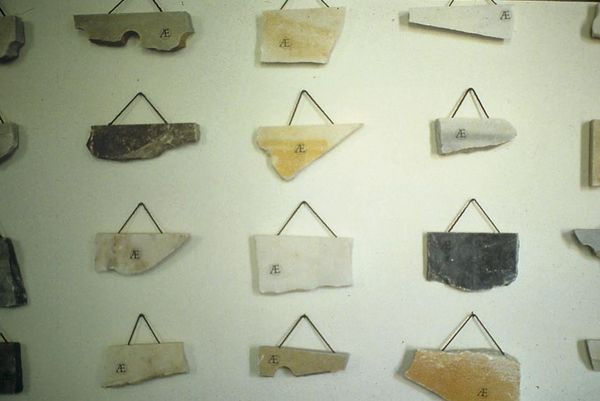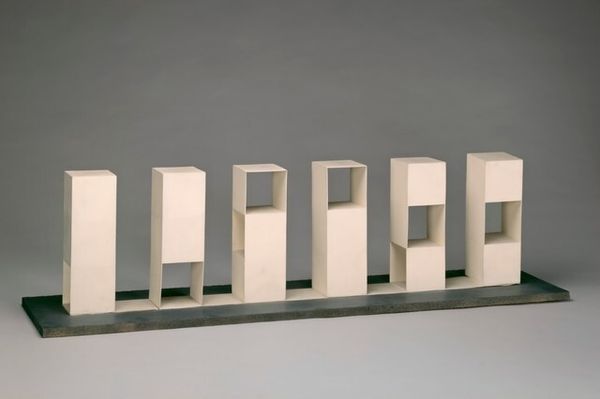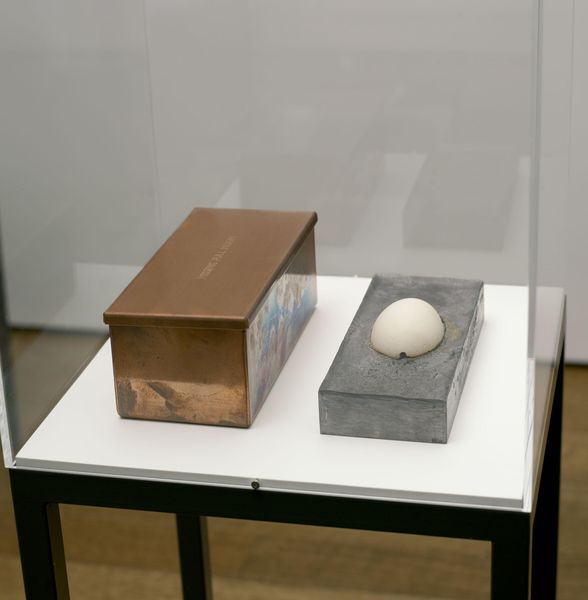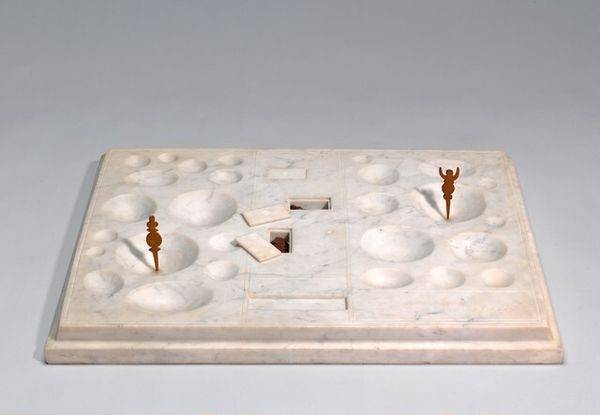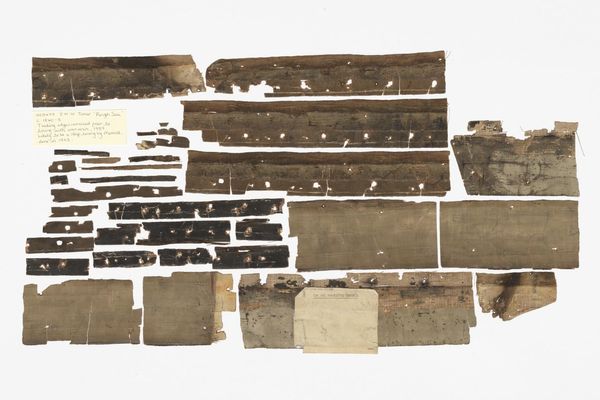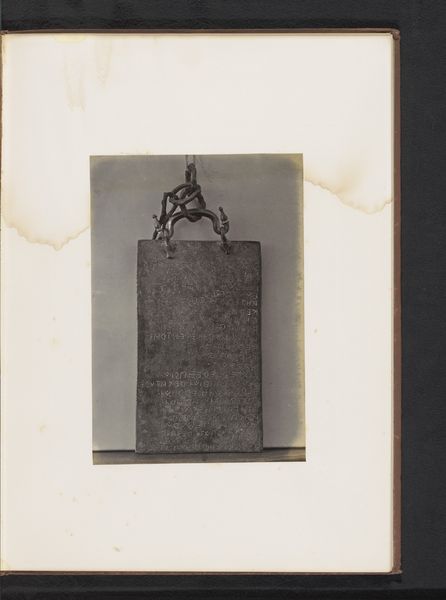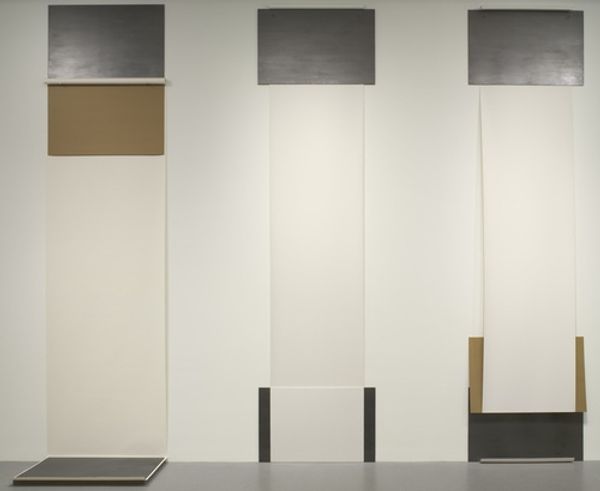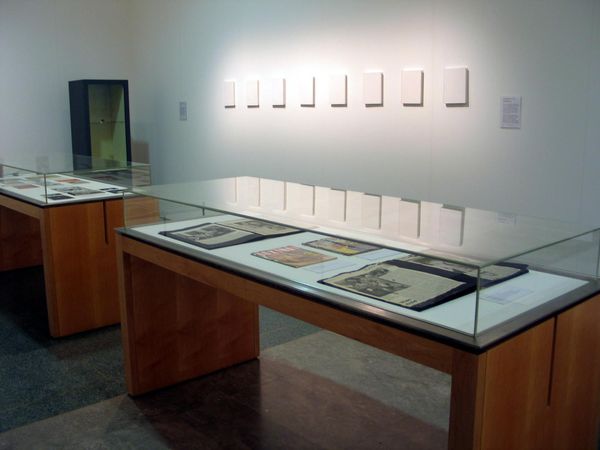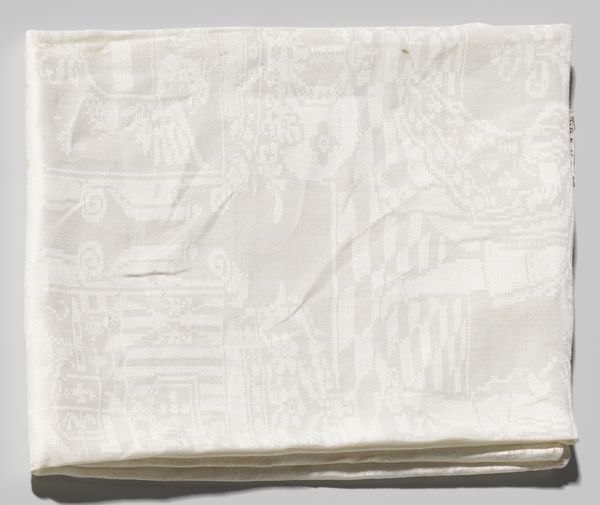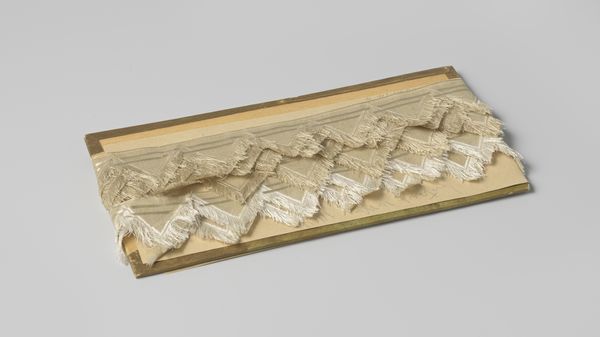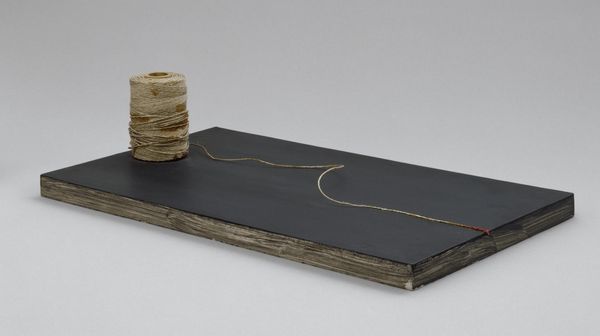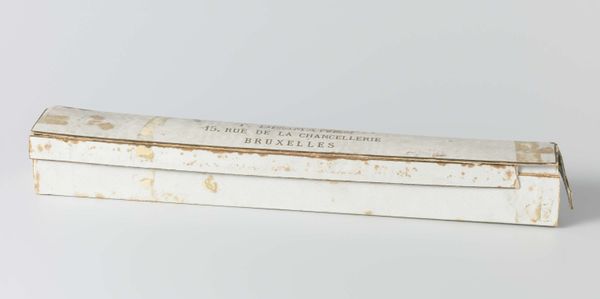
Mustard Seed Garden Manual of Painting, volumes 1–4 1796 - 1820
0:00
0:00
drawing, print, paper, ink
#
drawing
# print
#
book
#
asian-art
#
paper
#
ink
#
china
#
calligraphy
Dimensions: 10 1/16 x 6 3/8 in. (25.6 x 16.2 cm)
Copyright: Public Domain
Editor: This is the *Mustard Seed Garden Manual of Painting*, volumes 1 through 4, dating from 1796 to 1820. It looks like a set of instructional books, maybe teaching different styles. How would you interpret the significance of this work in the history of art? Curator: The *Mustard Seed Garden Manual* represents a fascinating intersection of art, social mobility, and print culture in late Imperial China. Produced during the Qing Dynasty, it democratized artistic knowledge. Do you notice how the illustrations offer clear, almost modular, approaches to landscape painting? Editor: Yes, they seem almost formulaic, breaking down elements into simpler parts. Was that intentional? Curator: Absolutely. Traditional art knowledge was often controlled within elite circles, but the printing of this manual provided access to a much wider audience, particularly the growing merchant class who sought to emulate literati culture. This speaks volumes about how art institutions, even in the pre-modern world, shaped social status. Do you see evidence of calligraphy? Editor: I do see some examples of calligraphy as a major element within some images, suggesting it should be a focus. So, it’s more than just painting techniques; it’s about conveying cultural capital? Curator: Precisely! Its presence in major museums highlights a complex power dynamic of art production and social aspiration. This manual allowed more people to participate, and the museum's recognition perpetuates its impact on our understanding of artistic history. Editor: That is a wonderful perspective. I didn’t realize this artwork played such an important public role. I guess there is more than meets the eye! Curator: Indeed. Art objects carry political meaning in multiple directions!
Comments
No comments
Be the first to comment and join the conversation on the ultimate creative platform.
